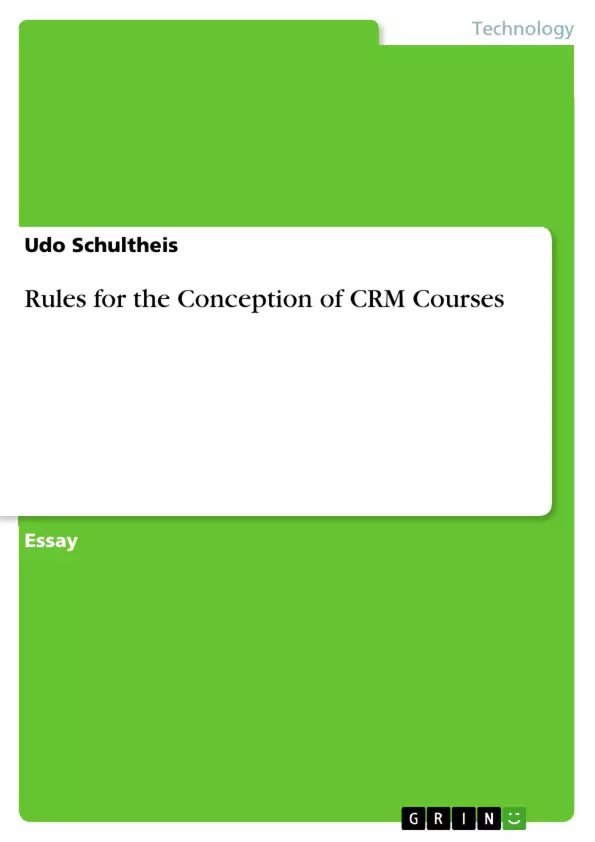The paper provides basic rules for the concept of Crew Resource Management (CRM) Courses in Aviation and other related fields.
The development in the United States has already reached a traditional status. Accordingly there are already several general proposals for the conception of such training “on the market” (e.g. FAA AC No. 120-51E, NASA etc.). This was done with great expertise and by gathering experts of NASA ((e.g. Lauber, J. K. (1987). Cockpit Resource Management: Background and Overview. In NASA Conference Publication 2455, Page 5 – 14)), well known scientists working in the field of aviation psychology ((e.g. Helmreich R.L. (1993). Wither CRM? Future directions in CRM Training in the Cockpit and elsewhere. Proceedings of the Seventh International Symposium on Aviation Psychology. Columbus: Ohio State University)) and experts from flying companies ((e.g. Butler , R.E. (1991). Lessons from Cross-fleet / Cross-airline Observations: Evaluating the Impact of CRM / Loft Training. Proceedings of the Sixth International Symposium on Aviation Psychology. Columbus: Ohio State University)). Out of these documents the following suggestions for planning and establishing CRM courses are to find:
a) The training shall reflect on the function of the CREW as an intact and good working team. This means it shall incorporate besides the cockpit-crew:
- Cabin-personal
- Dispatch-personal
- Maintenance-crew
- The corporate culture
- Air traffic control
- Etc.
Frequently asked questions
What is the main focus of this text?
The text focuses on the development and implementation of Crew Resource Management (CRM) training, particularly within the context of the United States aviation industry. It references established practices and proposals from organizations like the FAA and NASA.
What is the basis for CRM Training
CRM training is based on expertise gathered from NASA experts, aviation psychology scientists, and professionals from flying companies.
What suggestions are provided for planning CRM Courses?
The document outlines suggestions for planning and establishing CRM courses, drawing from existing resources and expert opinions. The training should reflect on the function of the crew as a complete and well-functioning team. This team should incorporate the cockpit-crew, cabin-personal, dispatch-personal, maintenance-crew, corporate culture, and Air traffic control.
Why was the term Cockpit Resource Management changed to Crew Resource Management?
The term was changed to reflect the understanding that the cockpit crew interacts with a broader network of personnel crucial to safety within the aeronautical traffic system.
Who are some of the individuals cited in the text?
The text cites figures such as Lauber, J. K., Helmreich R.L., and Butler, R.E., who are recognized for their contributions to the field of aviation psychology and CRM training.
What key elements should CRM Training incorporate?
CRM training should not only focus on the cockpit crew, but also include cabin personnel, dispatch personnel, maintenance crew, the corporate culture, and air traffic control, recognizing the interconnectedness of these roles in ensuring aviation safety.
What does the text mean by "the training shall reflect on the function of the CREW as an intact and good working team"?
It means that the training should emphasize the importance of teamwork and collaboration among all relevant parties, not just the cockpit crew. This includes cabin personnel, dispatch, maintenance, corporate culture, and air traffic control. The goal is to foster a cohesive and effective working environment across all these areas.
- Citation du texte
- Dr. phil. Udo Schultheis (Auteur), 2009, Rules for the Conception of CRM Courses, Munich, GRIN Verlag, https://www.grin.com/document/132614



